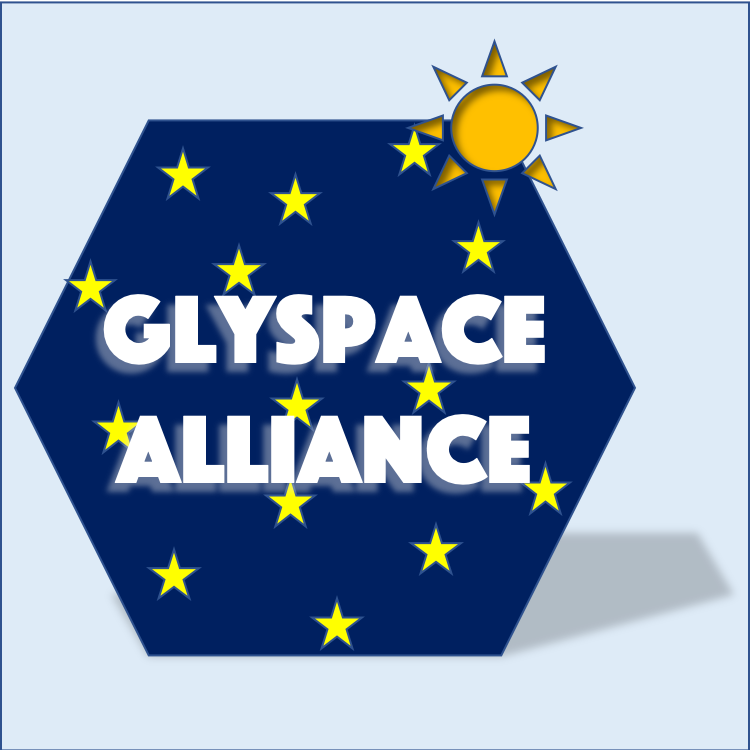 Pathogen Adherence to Carbohydrate Database (PACDB)
Pathogen Adherence to Carbohydrate Database (PACDB)
PACDB provides the information on pathogens (e.g. bacteria, fungus, toxin and virus) adhering to carbohydrates expressed on the cell surface of host animals or plants.
| Database | Last Updated |
|---|---|
| Pathogen Adherence to Carbohydrate Database (PACDB) | June 1, 2016 |
| Species | Pathogen Adherence Molecule | Ligand Name | Ligand Feature | Target Source | Glycan Sequence ▼ | Binding | PubMed ID |
|---|---|---|---|---|---|---|---|
|
P-fimbriae
|
DSGG (Disialosyl galactosyl globoside, disialyl Gb5)
|
Disialoglycosphingolipids
|
Human kidney tissues
|
NeuAc(a2-3)Gal(b1-3)[NeuAc(a2-6)]GalNAc(b1-3)Gal(a1-4)Gal(b1-4)Glc(b1-1)Cer
|
Binding
|
||
|
PapG (class II)
|
DSGG (Disialosyl galactosyl globoside, disialyl Gb5)
|
Disialoglycosphingolipids
|
Human kidney tissues
|
NeuAc(a2-3)Gal(b1-3)[NeuAc(a2-6)]GalNAc(b1-3)Gal(a1-4)Gal(b1-4)Glc(b1-1)Cer
|
Binding
|
||
|
B subunit
|
DSGG (Disialosyl galactosyl globoside, disialyl Gb5)
|
Disialoglycosphingolipids
|
Human erythrocytes
|
NeuAc(a2-3)Gal(b1-3)[NeuAc(a2-6)]GalNAc(b1-3)Gal(a1-4)Gal(b1-4)Glc(b1-1)Cer
|
Not Binding
|
||
|
Unknown
|
unnamed ligand
|
Oligosaccharides
|
Murine small plaque
|
NeuAc(a2-3)Gal(b1-3)[NeuAc(a2-6)]GalNAc
|
Binding
|
||
|
Unknown
|
Sialylated oligosaccharides
|
Oligosaccharides
|
Erythrocytes
|
NeuAc(a2-3)Gal(b1-3)[NeuAc(a2-6)]GalNAc
|
Binding
|
||
|
Capsid protein VP1
|
Sialylated oligosaccharides
|
Oligosaccharides
|
Cell surface
|
NeuAc(a2-3)Gal(b1-3)[NeuAc(a2-6)]GalNAc
|
Binding
|
||
|
Neutrophil-activating proteins (150-kDa)
|
Sialyl Lewis a (SLea) (GSL)
|
Monosialoglycosphingolipids
|
Human bile bladder tumor
|
NeuAc(a2-3)Gal(b1-3)[Fuc(a1-4)]GlcNAc(b1-3)Gal(b1-4)Glc(b1-1)Cer
|
Not Binding
|
||
|
Unknown
|
Sialyl Lewis a (SLea) (GSL)
|
Monosialoglycosphingolipids
|
NeuAc(a2-3)Gal(b1-3)[Fuc(a1-4)]GlcNAc(b1-3)Gal(b1-4)Glc(b1-1)Cer
|
Binding
|
|||
|
Unknown
|
Sialyl Lewis a (SLea) (GSL)
|
Monosialoglycosphingolipids
|
NeuAc(a2-3)Gal(b1-3)[Fuc(a1-4)]GlcNAc(b1-3)Gal(b1-4)Glc(b1-1)Cer
|
Not Binding
|
|||
|
Unknown
|
NeuAc3-Lc4Cer (Sialyl lactotetraosylceramide)
|
Sialoglycosphingolipids
|
NeuAc(a2-3)Gal(b1-3)GlcNAc(b1-3)Gal(b1-4)Glc(b1-1)Cer
|
Binding
|
Displaying entries 191 - 200 of 1840 in total
To see the latest features, please visit our beta site.
International Collaboration
GlyCosmos is a member of the GlySpace Alliance together with GlyGen and Glycomics@ExPASy.


Acknowledgements
Supported by JST NBDC Grant Number JPMJND2204
Partly supported by NIH Common Fund Grant #1U01GM125267-01
